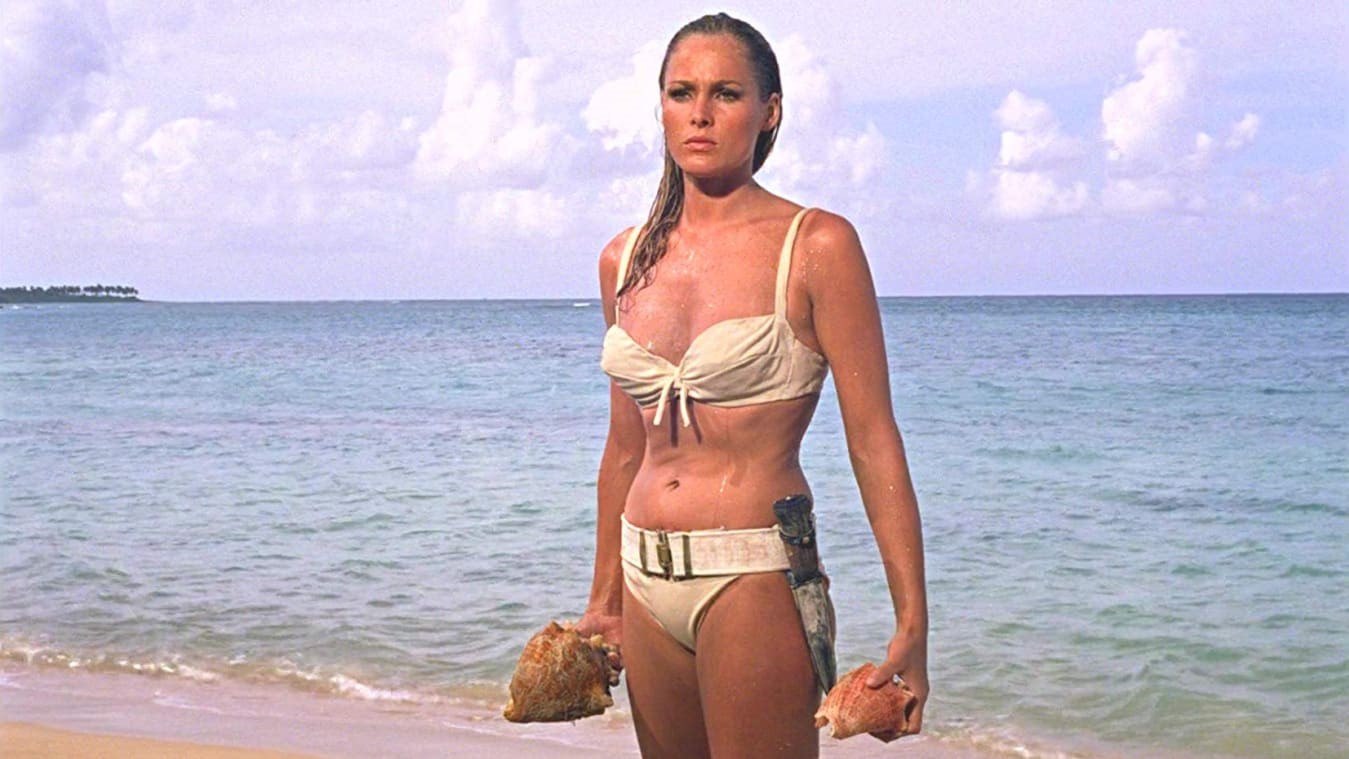AGENCIES: Statuesque Ursula Andress emerged from the Caribbean Sea in a white bikini with bottoms kitted out with a wide, brass-buckled belt and a scabbard on the left to hold a large knife. She looked fierce.
Yes, long before Baywatch’s Casey “C.J.” Parker, there was another queen of the beach: Honey Ryder.
But she wasn’t about to save the bay. What she was doing was making cinematic history and shaping (quite literally) the concept of a modern-day femme fatale.
When Andress appeared in a glamorous swimsuit in the very first James Bond movie, 1962’s “Dr. No,” the Swiss-born actress set a number of precedents. Ryder, a shell diver, was the original Bond girl — 007’s attractive female sidekick and “love” (read: “sex”) interest — who paved the way for a multitude of women playing variations of the exact same role in almost every Bond movie thereafter.
Her looks — killer body, model features — became the go-to criteria for screen personas stretching far beyond the Bond franchise (think of, well, any blockbuster movie with “sexy yet tough” female characterizations, from Carrie Ann-Moss’ Trinity in “The Matrix” to Megan Fox as Mikaela Banes in “Transformers”).
Perhaps, most importantly, her outfit propelled the bikini to new heights, and, for better and worse, spearheaded the now ubiquitous cinematic notion of eroticism built upon the male gaze. In the scene, Bond is hiding in the trees, glimpsing at Honey Ryder — an obvious innuendo that invites the viewer to do so, too.








Comment